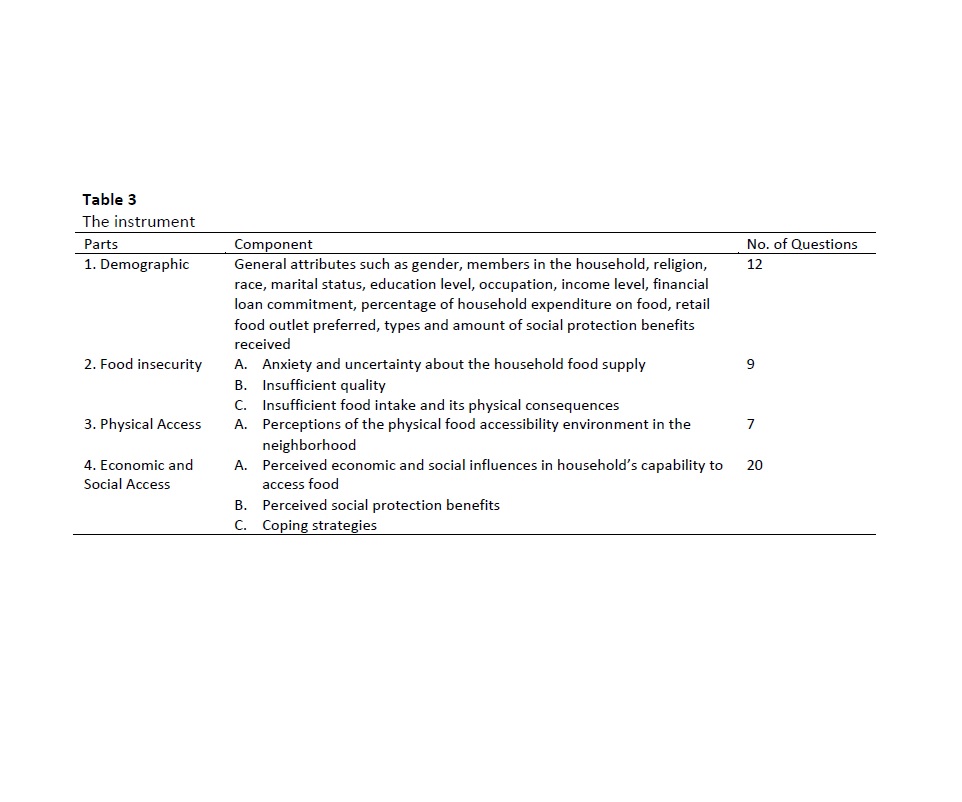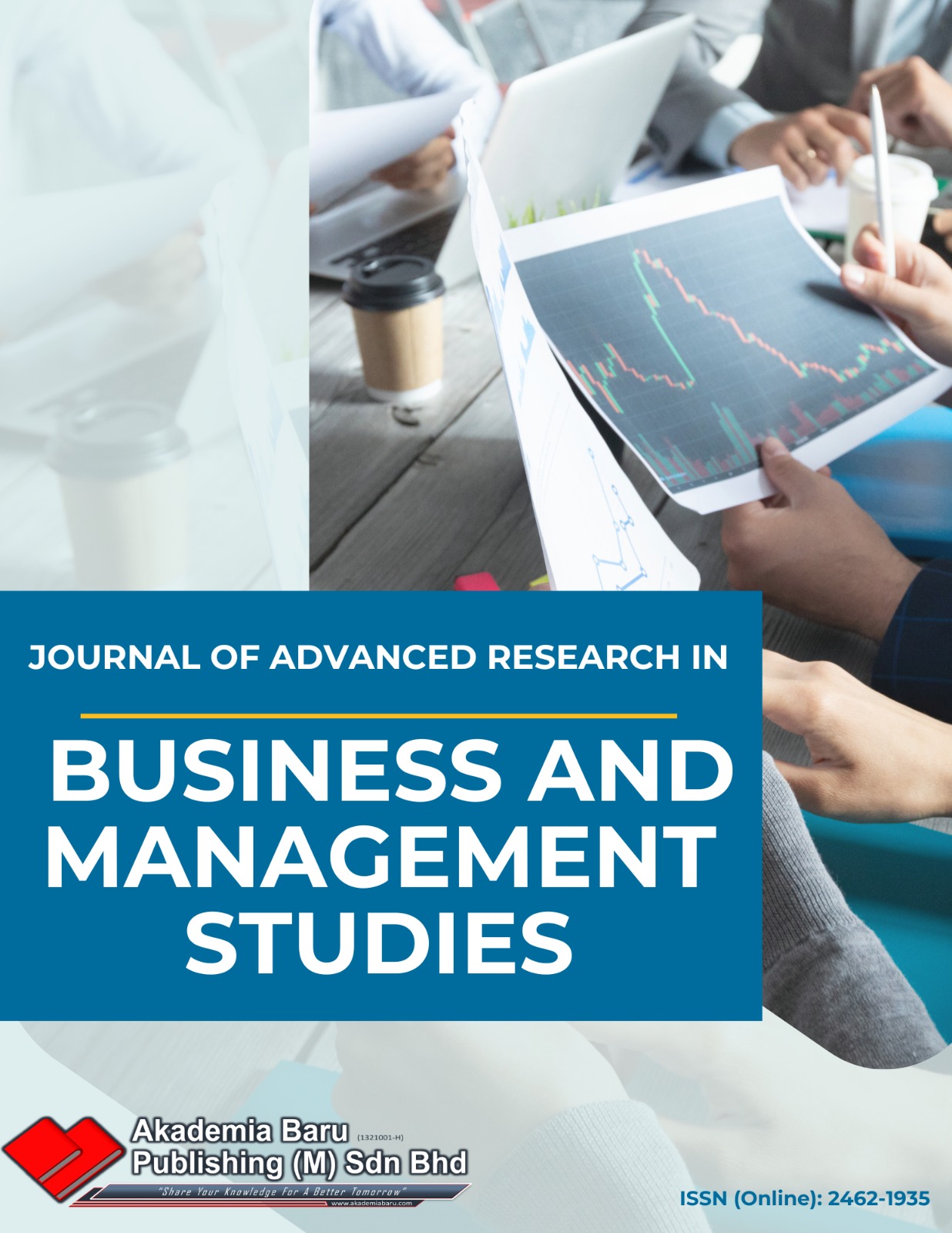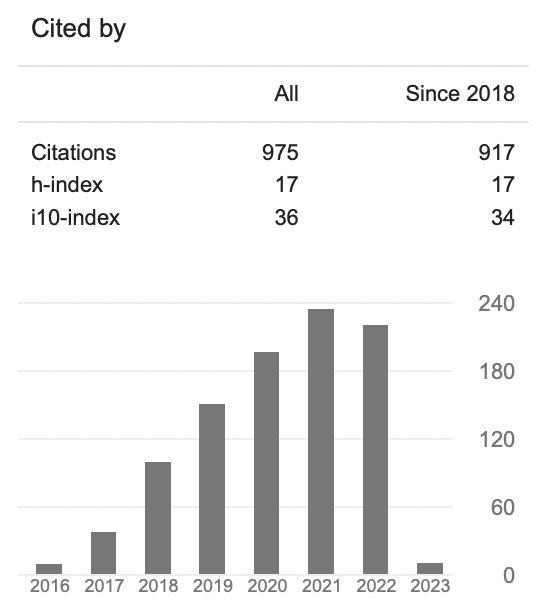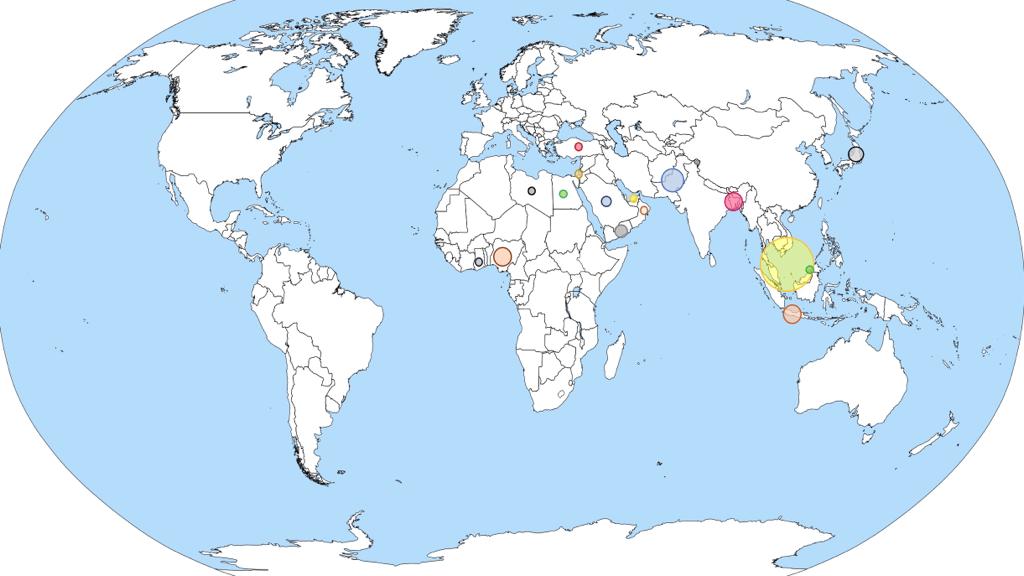Patterns and Challenges of Food Access among Households in Baling District, Malaysia
DOI:
https://doi.org/10.37934/arbms.37.1.5165Keywords:
Food access, household, food securityAbstract
This research aims to ascertain the pattern and challenges of food access among the communities in Baling, Kedah, Malaysia. This study used descriptive analysis to investigate the degree of food security experienced by households in Baling, Kedah's rural and urban districts. The income level, the proportion of household spending on food, the kinds and amounts of social protection benefits received, the perception of income and food prices, and the coping mechanisms used are some of the potential factors that influence food security. The research findings present an understanding of food access among communities of different household income and population density. Although there are still pockets of lack in food security in Baling's urban and rural areas, the survey found that most households believe they have food security, even when their household income is low. Additionally, the economic and social indicator items indicated that certain coping mechanisms are more frequently used than others, indicating that economic and social accessibility does have some influence on the household's food choices. Thus, the Baling case of food security and accessibility summed up those aspects of physical, economic, and social access in a way that may differ from earlier research, indicating that the quality of food selection should be examined rather than the amount of food accessed.

















